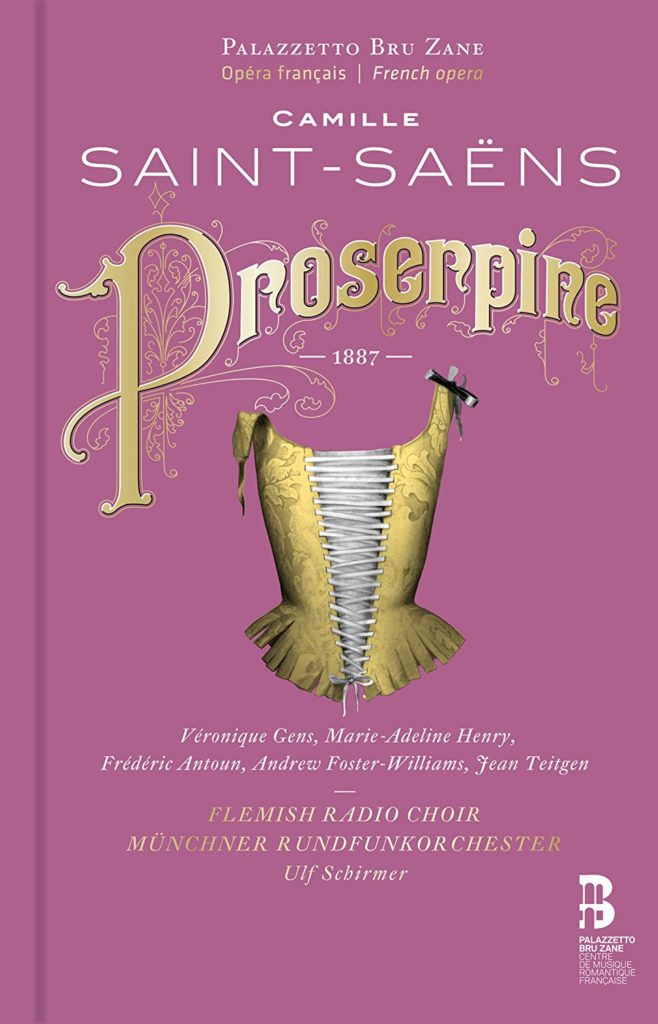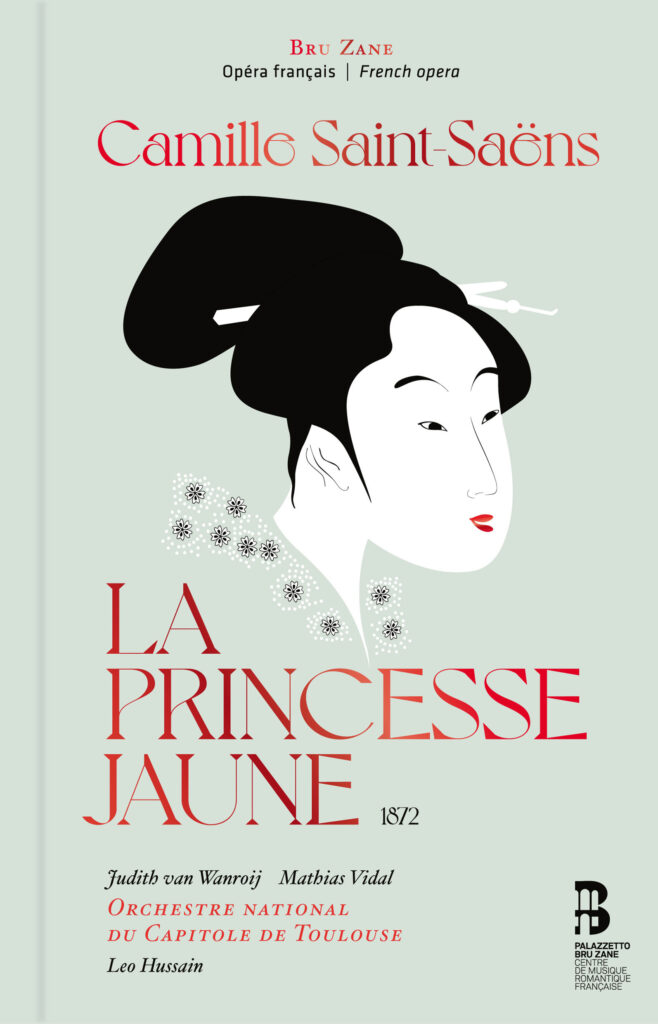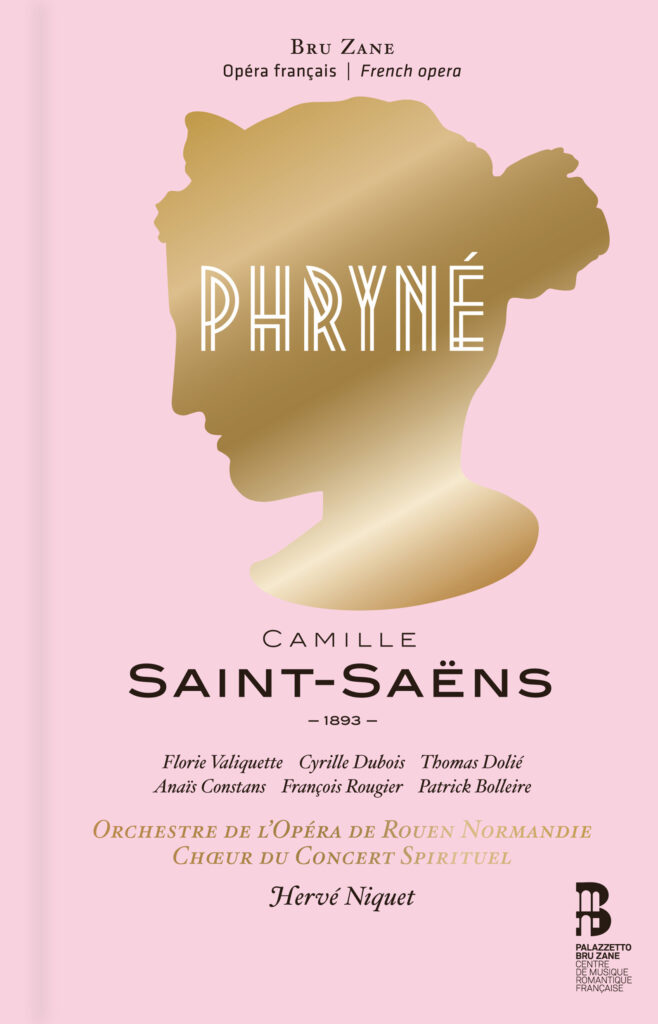Proserpine

The protagonist of Saint-Saëns’ Proserpine, premiered at the Opéra-Comique on 14 March 1887, is no reincarnation of the ancient goddess, but a Renaissance courtesan well versed in culpable amours. According to the composer, she is ‘a damned soul for whom true love is a forbidden fruit; as soon as she approaches it, she experiences torture’. Yet for all the innocence of her rival Angiola, the unexpected happens: ‘It is the bloodthirsty beast that is admirable; the sweet creature is no more than pretty and likeable’. Visibly enraptured by the delight in horror, Saint-Saëns indulges in unprecedented orchestral modernity, piling on the dissonances beneath his characters’ cries of rage and despair. He concluded thus: ‘Proserpine is, of all my stage works, the most advanced in the Wagnerism system.’ The least-known, too, and one which it was high time to reveal to the public, in its second version, revised in 1899.
Contents of the book
Marie-Gabrielle Soret, From genesis to reception
Gérard Condé, A look through the score
Camille Saint-Saëns, A few remarks on Proserpine
Hugh J. Macdonald, Proserpine, Goddess of the Underworld
Synopsis
Libretto


 Torna indietro
Torna indietro  newsletter
newsletter webradio
webradio replay
replay








